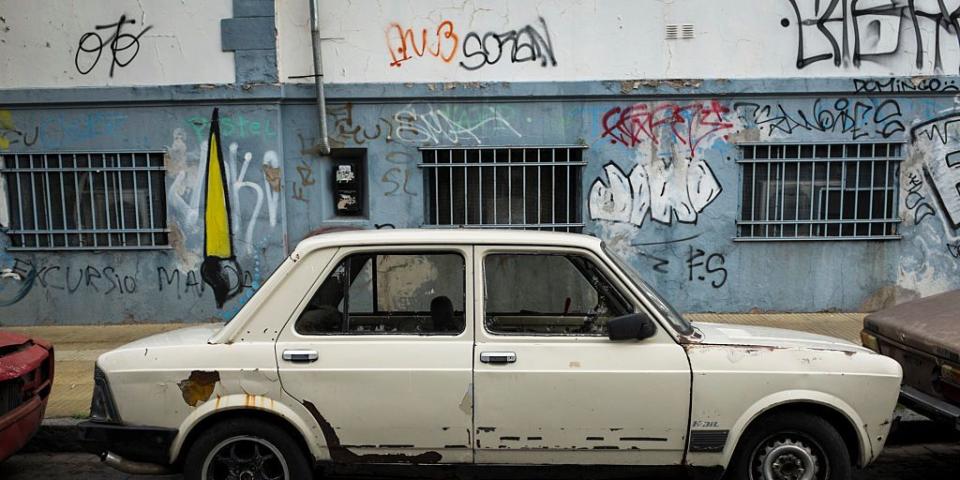Low Income Car Insurance: Everything You Need to Know

What Is Low Income Car Insurance?
Low-income car insurance is available to individuals who qualify as low-income. Car insurance is a requirement for all drivers and an important safeguard to protect you financially and legally if you are in an accident. Low-income car insurance ensures all drivers can afford coverage. The goal of low-income insurance is to reduce the number of uninsured or underinsured drivers on the road, which can be expensive for everyone.
How Are Car Insurance Rates Calculated?
It can be helpful to know how insurance companies calculate insurance rates. In addition to the vehicle you drive, they consider factors such as your driving record and credit score. Your age and gender can also affect your rates.
Insurance providers also consider your location, including where you live and where you commute your vehicle most frequently. If you live in a highly populated area with high rates of theft, you will usually pay more for insurance. If you live in a rural location where traffic and theft are less likely, you might notice cheaper insurance rates. Additionally, different states have different coverage requirements. If you live in a state that requires more coverage, you will usually pay more.
Other factors you might not realize companies consider include whether you are a homeowner and if you're married. However, these factors do not affect rates significantly. According to The Zebra, a homeowner pays an average of $718 biannually, compared to a renter who pays an average of $735.
How to Get Low-Income Car Insurance
The process of getting low-income car insurance varies from state to state. This is because it is available at the state level. Additionally, not all states have low-income programs. Here are a few states that offer low-income car insurance programs:
California: California drivers have the California Low Cost Automobile (CLCA) program. This program, according to Insurify.com, requires drivers to have a clean driving record, drive a vehicle valued at less than $25,000, have a valid driver's license, and income must be within 250 percent of the federal poverty level. The program offers liability coverage as well as uninsured and medical coverage.
New Jersey: New Jersey drivers have the Special Automobile Insurance Policy (SAIP). To qualify for the program, drivers must have a valid license and be enrolled in a federal Medicaid program. This policy only covers emergency costs related to an accident and does not cover liability or damages.
Hawaii: Hawaii drivers have the Assistance to the Aged, Blind, and Disabled Program (AABD). To qualify for this program, drivers must be at least 65 years or older and disabled. The program is only available to people with an income below 34 percent of the 2006 federal poverty level, and participants cannot receive more than $2000 income per person or $3000 per family, per month, according to The Zebra.
Maryland: Maryland drivers have the Maryland Automobile Insurance Fund. Drivers must have a valid Maryland driver's license and been denied coverage with at least two other providers.
Other states do not currently offer low-income car insurance programs. Other discount programs might be available, depending on the provider.

 Yahoo Autos
Yahoo Autos 